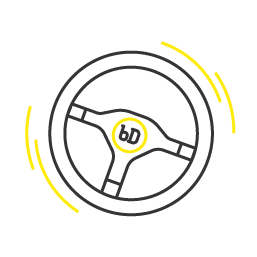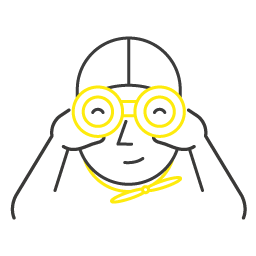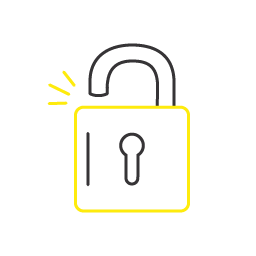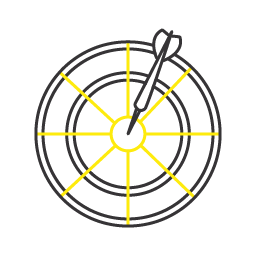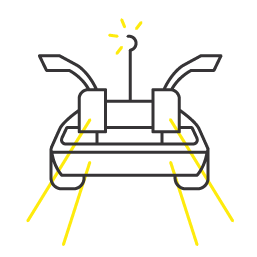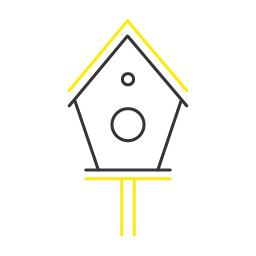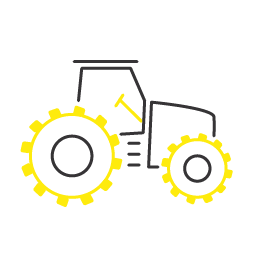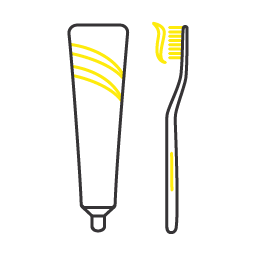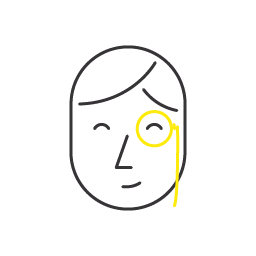Originally published on LinkedIn.
Whenever I am asked to introduce myself in an online seminar or at an event, I usually start by saying “at my core, I am an accountant…” then prattle about my professional accomplishments.
I spent years focusing on the professional aspect of my life and it was not until 2020 that I started to talk about my most important roles – those of a mother, a wife, a daughter, a sister, an aunt, and a woman. I used to make sure these descriptions did not appear in my profile anywhere because I did not want that to be the thing people remembered about me. I wanted to be taken seriously as an accountant and businessperson.
It took years for me to become comfortable with defining myself, because at my core I was terrified of the additional biases I would face if I shared the other, equally important side of my life. I already faced enough challenges and was already exhausted from constantly trying to prove myself. I am almost ashamed to commit that to writing now, because now I know that I deserved better.
Identifying bias
I always knew that people’s actions could often be driven by conscious and unconscious biases and there’s no doubt much of the inequity that I and other women face in the workplace is driven by some form of bias. I would often blindly forgive peoples’ discriminations against me as an unconscious bias because they clearly ‘didn’t know any better’ and it stemmed from ‘the way they were raised’.
What I did not know or fully acknowledge until recently is bias can actually be classified into many groups. According to the International Women’s Day website, LeanIn.Org has found 6 main biases that women face in workplaces:
- Likeability bias is rooted in age-old expectations. We expect men to be assertive, so when they lead it feels natural. We expect women to be kind and communal, so when they assert themselves, we like them less.
- Performance bias is based on deep-rooted – and incorrect – assumptions about women’s and men’s abilities. We tend to underestimate women’s performance and overestimate men’s performance.
- Maternal bias occurs when motherhood triggers false assumptions that women are less committed to their careers- and even less competent.
- Attribution bias is closely linked to performance bias. Because we see women as less competent than men, we tend to give them less credit for accomplishments and blame them more for mistakes
- Affinity bias is what it sounds like: we gravitate toward people like ourselves in appearance, beliefs, and background. And we may avoid or even dislike people who are different from us.
- Intersectionality is bias that is not limited to gender. Women can also experience biases due to their race, sexual orientation, a disability, or other aspects of their identity.
When I started to categorise these behaviours more clearly, I began to notice them occurring more frequently. Some of these biases are so hardwired into us, victims do not always realise that it’s even happening. I know I have repeatedly experienced and accepted biased situations but the ones that stick out most clearly are:
- Being referred to as aggressive due to my determined behaviour, when my male colleagues were ‘ambitious go-getters’ [likeability bias]
- Being interrupted in business meetings by men with my contributions being discarded and my role downgraded to note-taker – no matter my seniority [attribution bias]
- Being told that I was uncommitted to my job when having to leave the office to attend a school event for my child or if they were sick, whilst my husband was applauded as a great and involved father if he had to do the same thing [maternal bias]
Each time a bias towards women occurs and is unchecked, it paves the way for more inequity. It stops women from progressing in their roles, it contributes towards the gender pay gap, it creates unsafe and inhospitable work environments, and it shatters female confidence.
Bias manifests itself via microaggression in the workplace [and every place]. According to the Merriam-Webster dictionary, microaggression is defined as ‘a comment or action that subtly and often unconsciously or unintentionally expresses a prejudiced attitude toward a member of a marginalised group’. The word microaggression gives so much more weight to the seriousness of bias. It is a stronger and more powerful word that underpins the destructive nature of bias. Whilst their definitions may be similar, we rarely describe bias as a microaggression, which clearly indicates the disregard society has towards biased actions and is exactly why our attitude needs to change.
How do we make change?
When I first moved beyond reflecting on my own story and started looking at studies and independent research into gender inequity, I was totally overwhelmed. The types of bias and its pervasive nature felt almost unsurmountable, and I wondered how can we change all of this? But then I remembered I must advocate for change so my daughter can have a fairer go than I did and so my son can be the best human he can be. We as a community need to start the journey to make a better place for all our children.
Learnt behaviour can be unlearnt
The first thing to remember is that a lot of this is learnt behaviour, so it can be unlearnt. Some people will learn proactively, others will need to be told repeatedly before their behaviour changes. It’s also important to realise that we can all have our own biases and identifying them in ourselves can be one of the hardest steps.
Recently Australian of the Year Grace Tame made headlines when pictures of her frosty reception with the Australian Prime Minister divided the nation. Not long after this happened, I read an article about the former Prime Minister’s daughter Daisy Turnbull, where she recounted her reaction to Grace’s interaction with Scott Morrison:
“In the first five minutes, I thought, ‘Why didn’t you just smile?’ But then I thought, no, that is our internalised misogyny. We all have it. To always be well-behaved, to smile, be friendly. To do otherwise would be our weakness.” She pauses. “It was fascinating to me that for five minutes, I was in one camp, and then I realised I was wrong.”
Daisy acknowledged her own bias, which did not align with her actual feelings, but was from a learnt behaviour. This is something we are all guilty of and we are destined to make the same mistakes over and over again unless education and acknowledgement of these issues is made a priority.
Call out bias in your everyday life
To make a real difference, the best place to start is to speak up in the moment. When you witness someone being the victim of bias – point it out and defend the victim. Explain why you believe the situation is a biased event and advocate for a change. The person on the receiving end of this conversation will hopefully learn quickly and change their future mindset and actions when they realise what they have done is wrong, but others may need to be told a few times before it sticks.
There will also be those who just do not care enough to change and are happy and comfortable with their bias. And this is why it is important to challenge policy and processes that gives them the power and the ability to act on their biases. When there’s a system that is designed to allow bias to flourish, it will require the advocates to pressure for change.
What next?
Last year I gave a talk on gender diversity, and I ended it with a challenge that I will reissue now. As I did then, I will start with 3 things men can do:
- Acknowledge in most situations, you are in a position of power, and do not abuse it – use it for good.
- Call out poor behaviour and stand up for what you know is right, do not just ignore a situation and join in on the joke.
- When you need to make a choice, look beyond your affinity bias, and actively consider women in your decision. Do not just look to those who look like you.
What women can do:
- Educate yourselves – the more I read, listen and learn about the drivers for bad behaviour, the more equipped and stronger I feel to challenge the status quo. Knowledge is power.
- Acknowledge that we can be our own worst enemies. Do not assume because you are female, you are not part of the problem. We too were raised with bias; we too contribute towards unfair and inequitable workplaces. We too need to be better at calling out bad behaviour and stop letting our biases rule our decisions.
- Put your money where your mouth is. If you’re not happy with what is happening, join a cause, invest in the next generation, make space for other women. We cannot expect others to do all the heavy lifting, it is on us.
The way to forge change will mostly come from self-awareness, education and being brave enough to stand up when you see bias at work. From here the choice is yours. You can be part of the problem or part of the solution.








